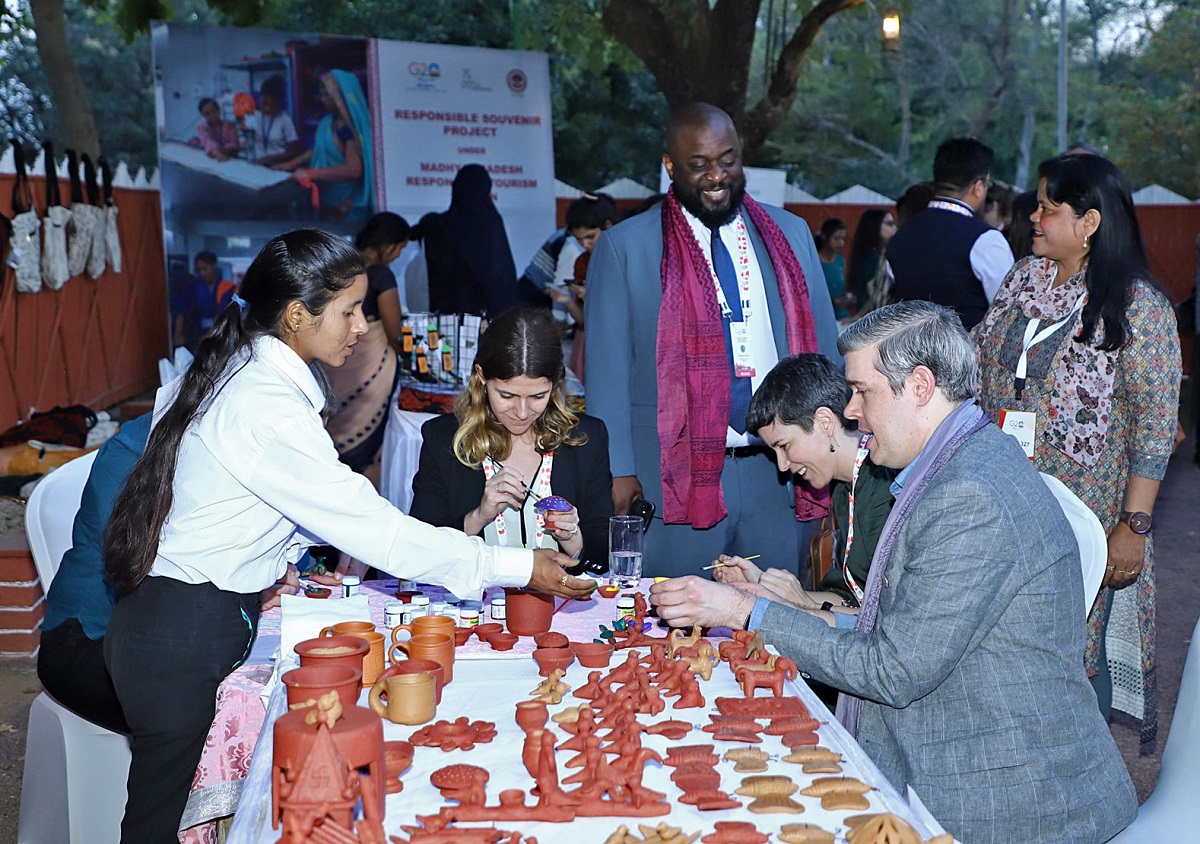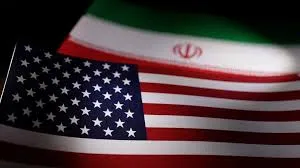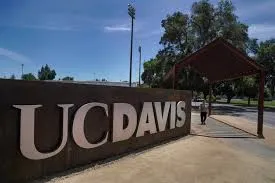Introduction:
Art has been an integral part of human civilization since ancient times, serving as a medium for expression, communication, and reflection. From cave paintings to Renaissance masterpieces, from street graffiti to digital installations, art transcends boundaries and connects people across cultures and generations. Beyond its aesthetic appeal, art carries immense power to influence, challenge, and transform society. In this blog, we will delve into the profound impact that art has on society and explore how it shapes our thoughts, emotions, and perceptions. Art has long been recognized as a powerful tool that can shape culture, challenge societal norms, and ignite social change. Throughout history, artists have used their creative expressions to communicate ideas, provoke thought, and inspire action. From visual arts to literature, music to performance art, the impact of art on society cannot be overstated.
One of the primary roles of art is its ability to shape culture. Art reflects the values, beliefs, and aspirations of a society, and through its various forms, it captures the essence of the human experience. Whether it be ancient cave paintings, classical sculptures, or contemporary installations, art provides a window into different eras and cultures, allowing us to understand and appreciate our collective heritage. It serves as a bridge between generations, passing down stories, traditions, and knowledge from one era to the next. In this way, art helps to preserve and shape the identity of a society.
Moreover, art has the power to challenge societal norms and conventions. Artists often push the boundaries of what is considered acceptable or mainstream, providing alternative perspectives and narratives. By questioning established norms, art can challenge the status quo, encouraging critical thinking and promoting dialogue. Artists throughout history have confronted sensitive issues such as social inequality, political corruption, gender roles, and racial discrimination. Their works act as catalysts for change, forcing society to confront uncomfortable truths and inspiring individuals to take action. Art also plays a crucial role in education and personal development. Studies have shown that exposure to art enhances critical thinking, creativity, and problem-solving skills. Artistic endeavors encourage individuals to think outside the box, explore alternative perspectives, and embrace ambiguity. By encouraging self-expression and imagination, art nurtures individuality and fosters a sense of empowerment. It can inspire people to pursue their passions, challenge societal norms, and make positive contributions to their communities.
Artists have also played a crucial role in sparking social change. Through their creations, they highlight injustices and advocate for a more equitable and just society. Art can be a powerful medium for raising awareness about pressing social issues, mobilizing communities, and fostering solidarity. It has the capacity to unite people, transcend language barriers, and evoke empathy. Artistic movements such as the Harlem Renaissance, feminist art, and anti-war protests have all made significant contributions to social change, leaving a lasting impact on society.
In addition to challenging societal norms, art can also serve as a therapeutic outlet for individuals and communities. It provides a means of self-expression, allowing artists to share their emotions, struggles, and triumphs with the world. Through their work, artists can inspire others to find their own voices and confront personal challenges. Art therapy has also been widely used to promote healing, especially in marginalized communities and those affected by trauma.
However, it is important to note that the impact of art on society is not always immediate or universally recognized. The true influence of a work of art may take time to unfold, as its effects ripple through society and future generations. Art can plant seeds of change that may germinate years or even decades later. Furthermore, the interpretation of art is subjective, and different individuals may derive different meanings from the same artwork. This multiplicity of perspectives contributes to the richness and diversity of the art world. Furthermore, art can have a significant economic impact on society. The creative industries, including visual arts, performing arts, film, and design, contribute to economic growth, job creation, and tourism. Cultural landmarks, such as museums and theaters, attract visitors from around the world, stimulating local economies and revitalizing communities. Artistic endeavors also provide employment opportunities for artists, performers, writers, and other creative professionals, contributing to the overall prosperity of society.
Art as a Reflection of Society:
Art has always mirrored the cultural, political, and social realities of the time in which it is created. Artists often use their creative prowess to capture the essence of their era, providing a snapshot of society that may not be conveyed through other mediums. Whether it’s capturing the struggles of marginalized communities, exposing social injustices, or highlighting political unrest, art becomes a mirror through which society can introspect and confront its challenges.
Art as an Agent of Change:
Art has a remarkable ability to challenge the status quo and provoke thought. It serves as a catalyst for social change, pushing boundaries and questioning societal norms. Throughout history, art movements such as Dadaism, Surrealism, and Pop Art have challenged conventional notions, sparking new perspectives and inviting dialogue. By presenting alternative narratives and challenging deeply ingrained beliefs, art can inspire individuals to question existing systems and advocate for a more just and equitable society.
Art as an Empowering Force:
Art is not just a means of expression for artists; it also empowers individuals and communities. It provides a platform for marginalized voices, allowing them to be heard and their stories to be told. Street art, for example, often emerges from disadvantaged communities, using public spaces to reclaim their identity and demand recognition. Art workshops and community projects enable people to explore their creativity, build self-confidence, and find their voice, fostering personal growth and empowerment.
Art as a Bridge between Cultures:
Art transcends cultural and linguistic barriers, fostering understanding and empathy between diverse communities. It serves as a universal language that can be appreciated and understood by people from different backgrounds. Art festivals, exhibitions, and performances bring people together, encouraging dialogue and creating a space for shared experiences. By exposing individuals to different perspectives, art cultivates tolerance, acceptance, and appreciation for diversity.
Art as an Emotional Outlet:
In a world filled with stress and turmoil, art provides solace and acts as a therapeutic outlet. Both the creation and consumption of art can evoke a wide range of emotions, enabling individuals to process their feelings and find catharsis. Art therapy has been successfully used in various settings to promote healing, manage mental health, and enhance overall well-being. Through its ability to touch our emotions, art can bring comfort, joy, and a sense of connection to something greater than ourselves.
Conclusion:
Art possesses the extraordinary ability to transform society, challenge norms, and foster human connection. From its role as a reflection of society to its potential as a catalyst for change, art shapes our perceptions, inspires dialogue, and empowers individuals and communities. As we navigate the complexities of the modern world, let us recognize and embrace the transformative power of art. the impact of art on society cannot be understated. Art has the power to provoke, inspire, and transform. It reflects our shared human experiences, challenges societal norms, and drives social change. Through its ability to unite communities, foster creativity, and stimulate economic growth, art enriches our lives and contributes to the development of a more vibrant and inclusive society. As we continue to appreciate and support the arts, we ensure that its transformative power continues to shape our world for the better.
The impact of art on society is profound and multifaceted. Art shapes culture, challenges societal norms, and sparks social change. Through its power to communicate, provoke, and inspire, art transcends boundaries and connects individuals across time and space. As society continues to evolve, art will undoubtedly continue to play a vital role in shaping our collective consciousness and driving positive transformation.

















